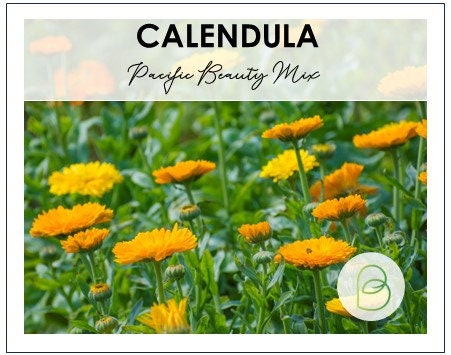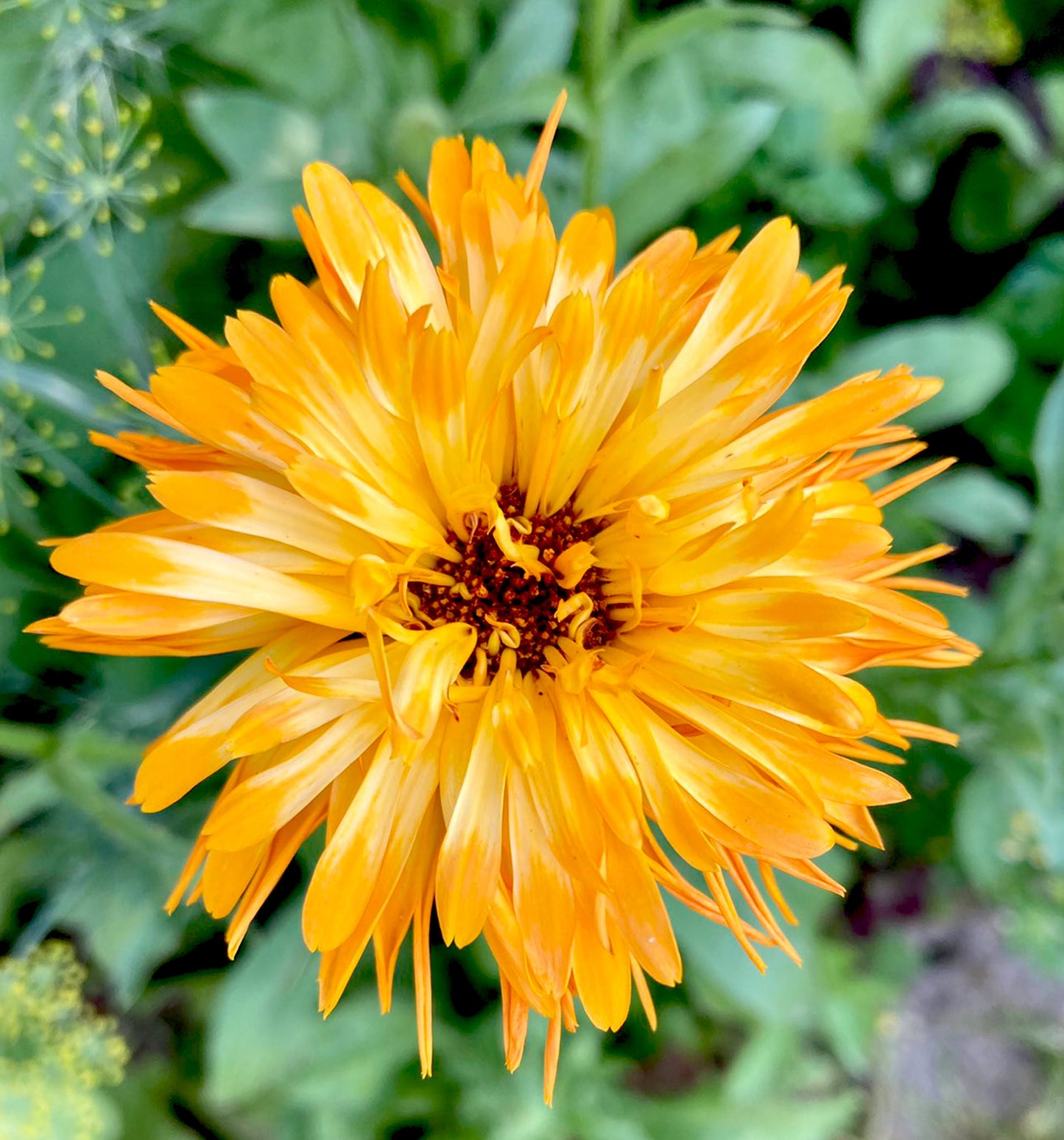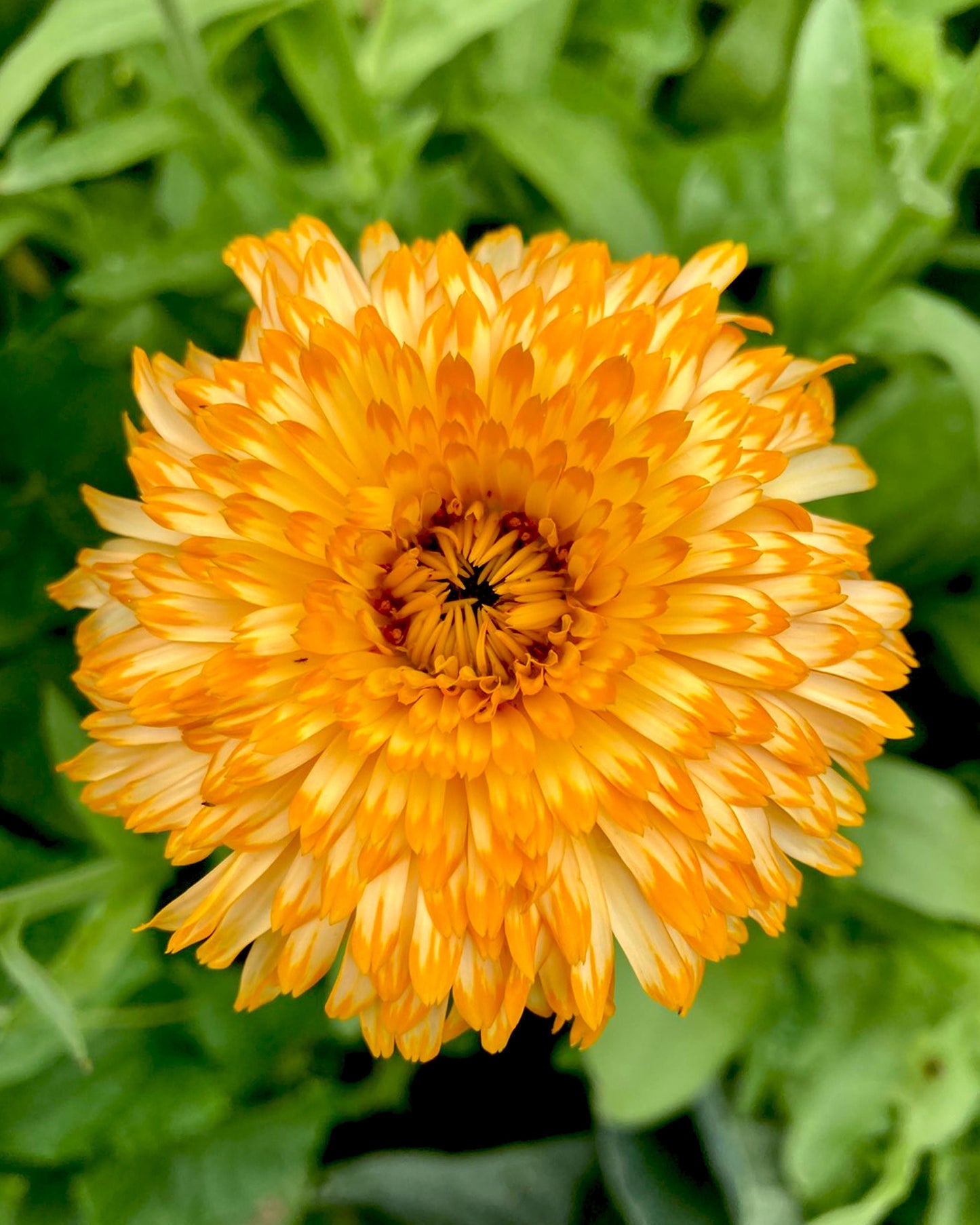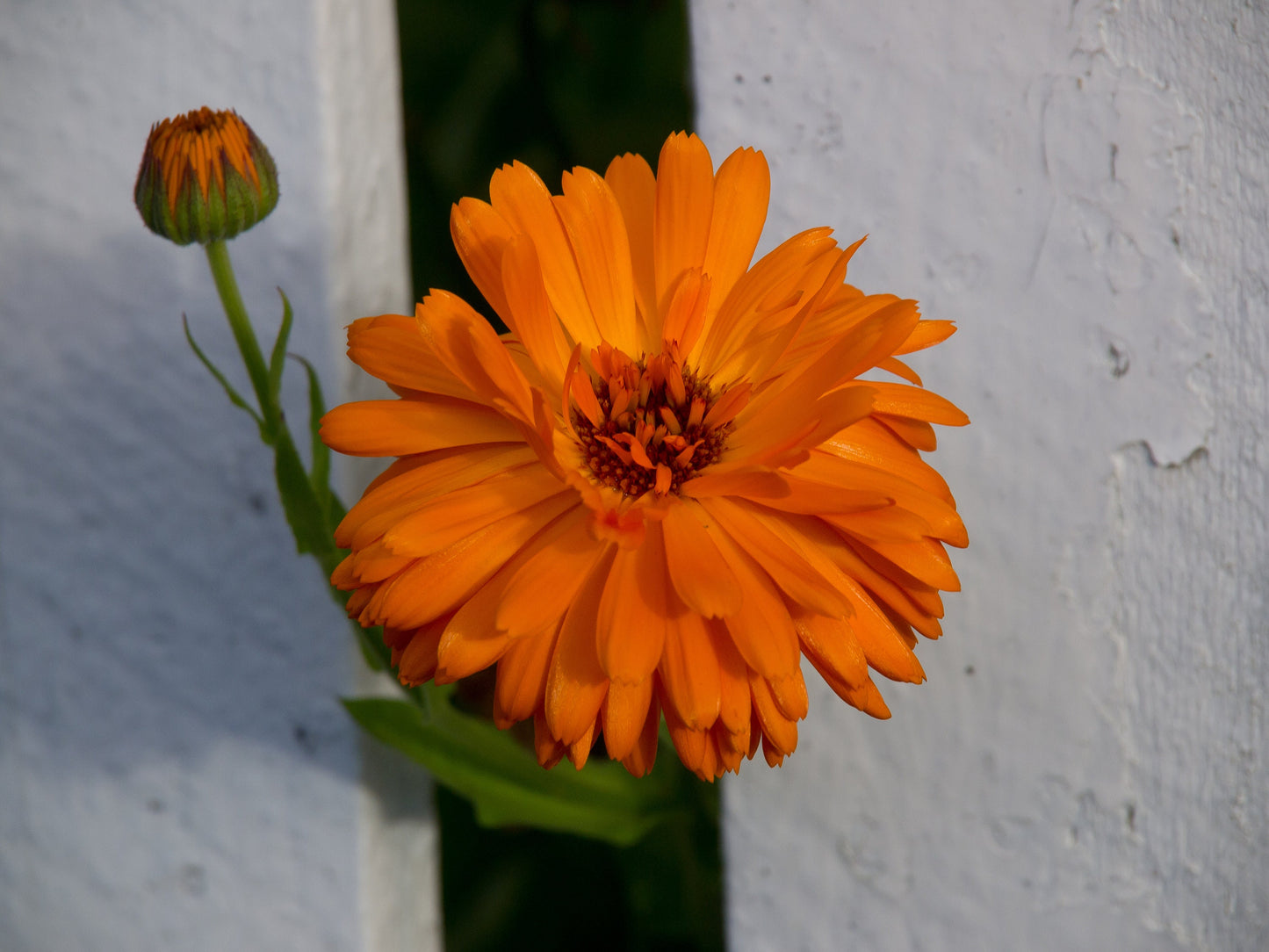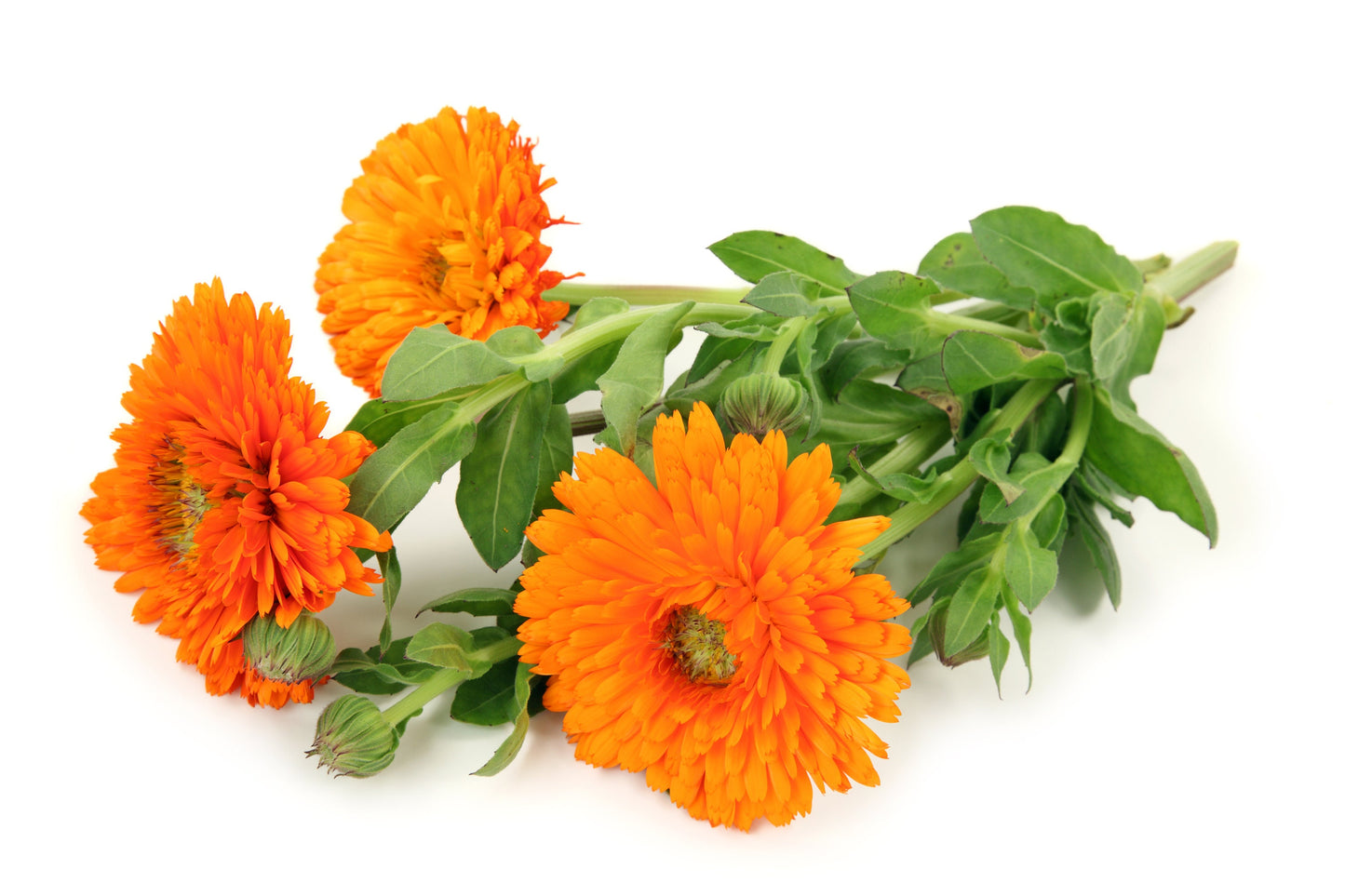My Store
Calendula Pacific Beauty Mix
Calendula Pacific Beauty Mix
Couldn't load pickup availability
100 Seeds
Scientific Name: Calendula officinalis
Flower Color: Vibrant yellow or orange, sometimes with hints of red or maroon
Leaf Type* Simple, spatula-shaped, slightly hairy
Height: Typically 1 to 2 feet tall
Blooming Period: Spring to fall, depending on the climate
Habitat: Gardens, cultivated areas, and occasionally in the wild
Uses: Ornamental plant, medicinal herb, culinary ingredient
Calendula (Calendula officinalis), also known as pot marigold, is a cheerful and vibrant herbaceous plant known for its bright and sunny blooms. Here's a detailed description:
Appearance:
Calendula plants feature lance-shaped, slightly hairy leaves that are bright green in color. The flowers, which bloom profusely, come in various shades of yellow and orange, with some cultivars displaying maroon or red accents. The flower heads are composed of layers of delicate, overlapping petals, creating a beautiful and daisy-like appearance. Calendula flowers can range in size from small to medium and are often 2 to 3 inches in diameter.
Habitat:
Calendula is commonly cultivated in gardens and cultivated areas worldwide. It thrives in well-drained soil and prefers full sun, although it can tolerate partial shade. Calendula is known for its hardiness and ability to grow in various climates.
Blooming Period:
Calendula plants typically bloom from spring to fall, and in some regions with mild winters, they may even bloom throughout the winter months.
Cultural Significance:
Calendula has a long history of medicinal and culinary use, dating back centuries. Its bright and cheerful appearance has made it a symbol of love and affection, and it is often associated with festivals and events.
Sowing calendula seeds is a relatively simple process. Here's a step-by-step guide to help you get started:
1. Timing: Calendula seeds can be sown directly outdoors in the spring or fall. In cooler climates, it's best to sow seeds in the spring after the last frost date. In warmer regions, fall planting allows them to establish before the winter.
2. Location: Choose a sunny spot in your garden with well-drained soil. Calendula can tolerate partial shade, but it thrives in full sun.
3. Soil Preparation: Prepare the soil by loosening it with a garden fork or tiller. Remove weeds, rocks, and debris. Calendula plants prefer moderately rich, well-drained soil.
4. Sowing Seeds:
- Sprinkle the calendula seeds evenly over the prepared soil surface. Calendula seeds are relatively large and easy to handle.
- Gently press the seeds into the soil with your hands or a piece of wood. You don't need to cover them with soil, as calendula seeds require light to germinate.
5. Watering: Water the area lightly after sowing to settle the seeds into the soil. Keep the soil consistently moist until the seeds germinate. Calendula seeds usually germinate within 7 to 14 days.
6. Thinning: Once the seedlings have several true leaves and are a few inches tall, thin them out, leaving about 8 to 12 inches of space between each plant. This allows the remaining plants enough room to grow and develop.
7. Care: Calendula plants are relatively low-maintenance. Water them regularly, especially during dry spells, and mulch around the plants to conserve moisture and suppress weeds. Deadhead (remove spent flowers) to encourage continuous blooming.
8. Harvesting Seeds: If you want to harvest calendula seeds for future planting, allow some flowers to mature and dry on the plant. Harvest the seed heads once they turn brown and brittle. Store the seeds in a cool, dry place for future use.
By following these steps, you can successfully sow calendula seeds and enjoy their cheerful blooms in your garden.
Multiple orders of a single item may be combined into 1 seed envelope unless otherwise instructed by buyer.We take great care to provide high-quality seeds, corms, and bulbs, all of which are tested for acceptable germination rates. However, because successful growth depends on various factors beyond our control—such as planting conditions, weather, and care—we cannot offer refunds for seeds, corms, or bulbs that do not germinate or sprout.
Thank you for your understanding and support. If you have any questions about planting or care, we’re happy to help!
Share
